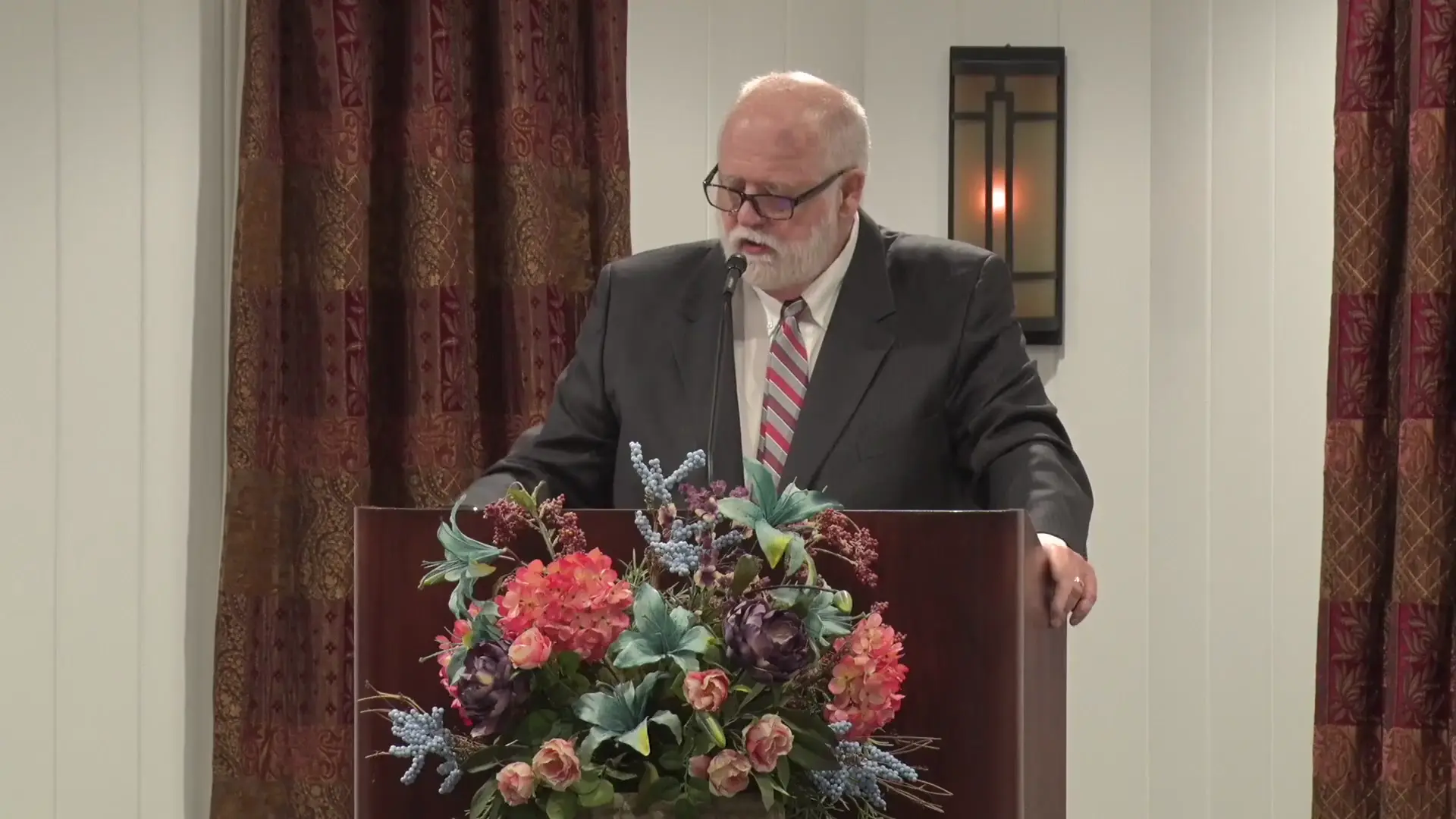Filter by Categories

Holy Ground
Sermon by Ted E. BowlingEven though the term "holiness" appears 900 times in scripture, God's people struggle to understand it. The first time it appears in scripture is God's appearance at the burning bush (Exodus 3) when the ground became holy because of God's presence, just as when the Commander of God's Army met Joshua. The principle of sanctification applies to time as well as place, as God sanctified the seventh day Sabbath as a covenant sign between Him and His people (Ezekiel 20:12) as a "test commandment" of obedience. We keep the Sabbath when we cease from ordinary work, gather in holy convocation, rest, focus on God, and appreciate the day of delight (Isaiah 58:13-14) a day designed for rest, worship, and spiritual growth (Mark 2:27). Holiness demands both inner humility and outward reverence. As Moses removed his sandals, God's people must surrender pride, show respect, and walk in obedience, maintaining holiness in all their conduct (I Peter 1:15-16).
The Great Mystery
Sermonette by Gary GarrettAdam and Eve originally had a most enviable relationship with the Creator, as well as access to the Tree of Life, if they had chosen it.
Eden, The Garden, and the Two Trees (Part Two)
Feast of Tabernacles Sermon by John W. RitenbaughIn the design of God's dwelling places on earth, patterned after His heavenly abode, the Tabernacle, the Temple, and the Garden of Eden share a consistent threefold arrangement. From east to west, one progresses through the outer court, then enters the holy place through the only door on the east side, and finally moves beyond the veil into the Holy of Holies, considered God's private dwelling place. The holy place, as the first inner section, parallels the area just inside the Garden of Eden, distinct from the innermost Holy of Holies where God walked in the midst of the Garden. This holy place, within the enclosed and hedged structure of the Garden, the Tabernacle, and the Temple, represents a sacred space of approach to God, always aligned from east to west, reflecting the divine pattern He established.
Knowing Christ (Part 2)
Sermon by John W. RitenbaughUnder the Old Covenant, the Tabernacle and the Temple were divided into two rooms: the Holy Place and the Holy of Holies, separated by a curtain. Only priests were permitted to function in the Holy Place, the first room, while only the High Priest could enter the Holy of Holies, and only once a year on the Day of Atonement. This restriction left the rest of Israel physically outside, unable to access God directly, relying on the priests to intercede on their behalf. Even the priest, though consecrated, could not bring the people into the presence of God personally. Today, the principle remains similar, though God now operates through the church as a spiritual entity on a worldwide basis. The unconverted world, like the unconsecrated Israelite of old, remains outside, lacking access to God except through the spiritual priesthood of His called people. This small group, empowered by His Spirit, holds the privilege and responsibility of direct access to Him, a pattern established in the Old Testament to illustrate their unique role.
The Two Witnesses (Part Two)
Sermon by Richard T. RitenbaughIn Revelation 11:1, the command is given to rise and measure the temple of God, specifically the Holy Place, which is the sanctuary where the priests were allowed to offer incense, place the shewbread, and light the menorah before God. This Holy Place, distinct from the outer courts and the Most Holy Place, symbolizes the true church, the inner core of the elect and converted, representing the body of Christ in a general sense. The instruction to measure this sanctuary focuses on evaluating the church as a whole, ensuring it aligns with the divine standard. Additionally, the command extends to measuring the altar within the Holy Place, identified as the altar of incense, which symbolizes the acts and methods of worship, particularly the prayers of the saints rising before God. This measurement involves assessing how the church fulfills its duty to worship, ensuring it meets the expected standard and correcting any deficiencies in the worship practices. The Two Witnesses are tasked with this dual responsibility of evaluating the state of the church and its worship, using the reed like a rod, which signifies not only a tool for measurement but also a symbol of authority and strength to enforce corrections. Their work is a purification process, preparing the church for the Kingdom of God by ensuring that both the collective body and the manner of worship are aligned with God's will.